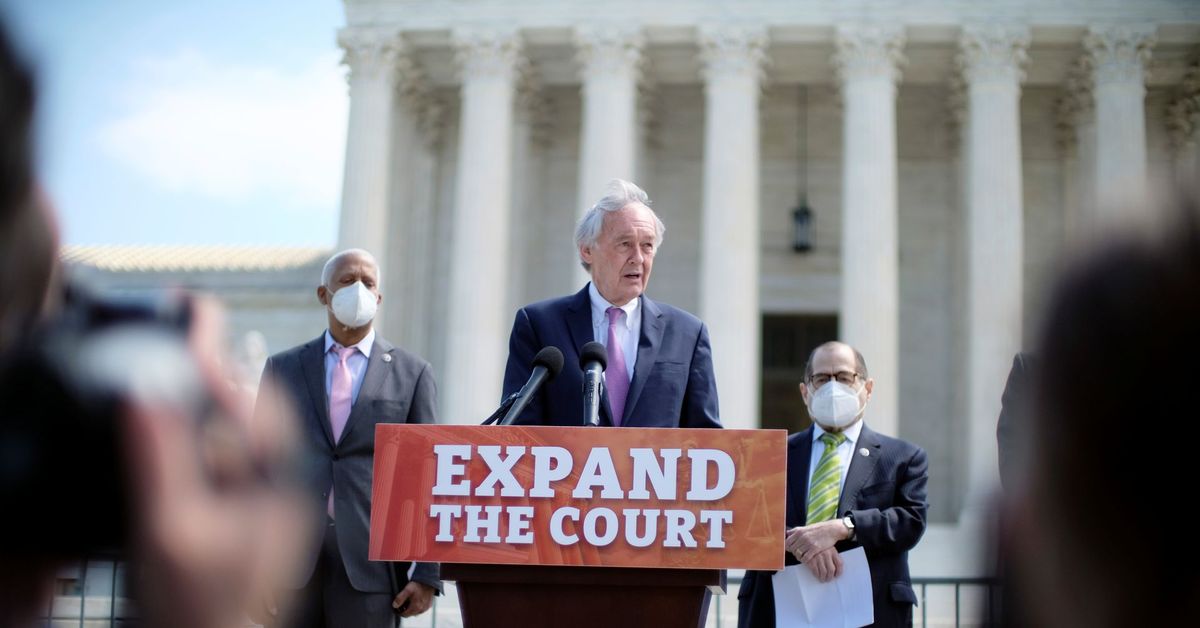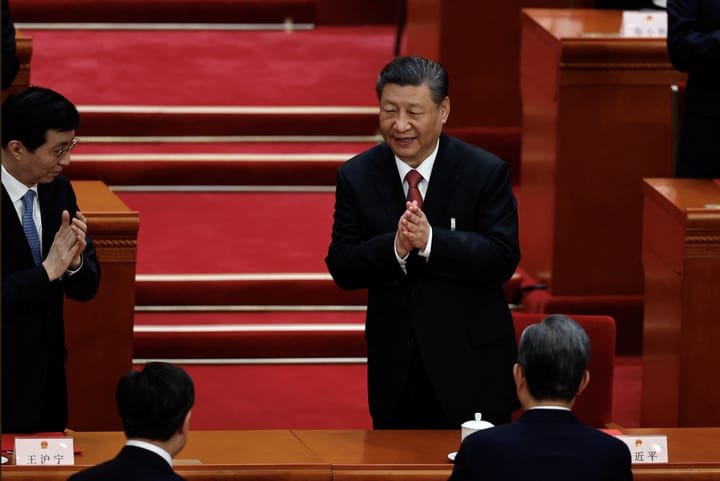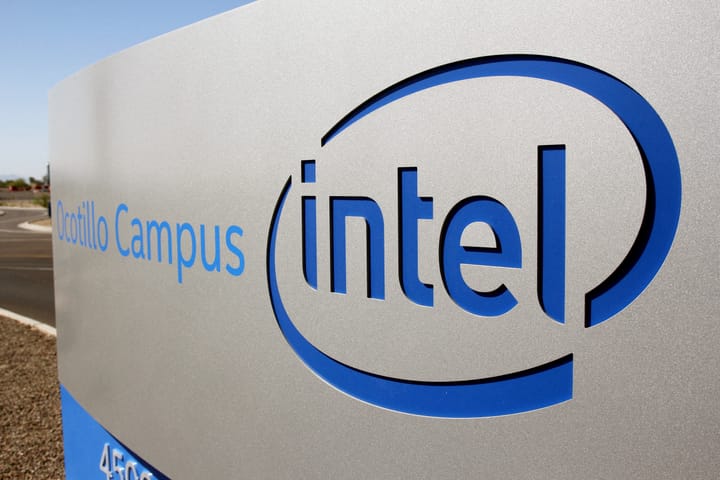What would expanding the Supreme Court mean for the US?

A few minutes every morning is all you need.
Stay up to date on the world's Headlines and Human Stories. It's fun, it's factual, it's fluff-free.
Expanding the Supreme Court (or “court-packing” as it is sometimes called) has been floated as a possible means of rebalancing the Court following the confirmation of three conservative Justices during Trump’s single term.
On Thursday, April 15, Democratic members of Congress introduced a bill that would expand the United States Supreme Court from nine justices to 13. But with Speaker of the House Nancy Pelosi objecting to the bill and multiple other Democrats already having expressed their opposition to expanding the court, the bill appeared to be dead on arrival.
Nonetheless, the Judiciary Act of 2021, which is co-sponsored by Senator Ed Markey and Representative Jerrold Nadler, has its supporters in the Democratic Party. On April 9, President Joe Biden announced he was establishing a bipartisan panel to examine Supreme Court reform, including looking at “the membership and size of the Court.”
Many Democrats feel the Republicans stole a seat on the Supreme Court when then-Senate Majority Leader Mitch McConnell refused to consider then-President Barack Obama’s nominee in 2016. Democrats’ anger only intensified when McConnell rushed the confirmation process for former-President Donald Trump’s third Supreme Court nominee, Amy Coney Barrett, weeks before the 2020 election.
Expanding the Supreme Court (or “court packing” as it is sometimes called) has been floated as a possible means of rebalancing the Court following the confirmation of three conservative Justices during Trump’s single term. It would allow Biden to nominate four liberal judges to the court, turning the now 6-3 conservative majority into a 7-6 liberal majority.
Republicans have opposed the expansion of the court, with Representative Ken Buck of Colorado calling the newly introduced bill a “full assault on the independence of the federal judiciary.” In 2019, Senator Marco Rubio and his Republican colleagues introduced a constitutional amendment to firmly set the Supreme Court at nine Justices. Rubio reintroduced the amendment this January.
Like the Judiciary Act of 2021, Rubio’s amendment is unlikely to get much traction, but it illuminates the partisan divide around the issue.
Republicans have called out Biden’s supposed hypocrisy on the issue of expanding the court, noting a Senate speech he gave in 1983 in which he called court packing “a bonehead idea.” Throughout his political career, Biden has repeatedly opposed an expansion of the Supreme Court, including during the 2020 campaign.
The creation of the panel could indicate Biden’s views on the issue have evolved. But if that is the case, the Democrats’ narrow majority in the Senate means that the bill, even if it were to get a vote, would almost certainly not pass. Centrist Democrat Senator Joe Manchin has already said he opposes court packing, all but killing any hopes of the bill passing.
Like abolishing the filibuster, another dramatic change many Democrats support in hopes of passing a progressive policy agenda, court packing could backfire if and when the Republican Party takes back control of Congress.
The changing size of the Supreme Court
Another factor certainly being considered by Biden’s Supreme Court panel is the court’s history, which despite recent rhetoric, hasn’t always included nine Justices. In fact, the number of Justices on the Supreme Court has changed multiple times since the judicial body was created by the US Constitution.
When the Supreme Court first met in February 1790, there were only six Justices, all of them appointed by President George Washington. Originally, Supreme Court Justices also served as judges for federal circuit courts, of which there were 13 (for the 13 original states), split into three regions. Two Justices oversaw each region, limiting how much the Justices had to travel.
The second US president, John Adams, in an effort to stymie the man who beat him in the 1800 election, Thomas Jefferson, passed the Judiciary Act of 1801 just weeks before leaving office. That act reduced the number of Supreme Court Justices from six to five. However, when he took office, President Jefferson quickly repealed the act and it never had an effect on the size of the court.
As circuit courts expanded along with the size of the country, more Justices were added to the court and, by the time President Abraham Lincoln came along, there were nine Justices. However, following the Civil War and Lincoln’s assassination, Congress voted to reduce the number of Justices to seven, at least in part to limit the power of Lincoln’s successor, President Andrew Johnson.
Johnson was regularly at odds with the Congress of his time and he was the first president to be impeached, though Congress ultimately didn’t remove him from office.
Johnson was succeeded in office by President Ulysses S. Grant, who was more popular with Congress. In 1869, Congress once again re-expanded the Supreme Court to nine Justices. It has remained at that number ever since.
Franklin D. Roosevelt’s “court-packing plan”
The last president to seriously consider expanding the Supreme Court was President Franklin D. Roosevelt. Having come into office in the midst of the Great Depression, FDR introduced a host of laws and policies known as the “New Deal,” which, in addition to attempting to reinvigorate the economy, was the most ambitious and progressive presidential agenda in history.
Having easily won reelection in 1936, FDR decided he would ride his popularity to address the biggest obstacle to his agenda: the Supreme Court. While Congress had supported the New Deal, the Supreme Court, made up of older, conservative Justices, had voted down some parts of FDR’s agenda, including vital pillars of the New Deal.
In 1937, FDR proposed the Judicial Procedures Reform Bill of 1937, which would have expanded the Supreme Court to 15 Justices and allowed the president to force sitting Justices to retire so he could replace them.
The bill was immediately opposed by Republicans (FDR was a Democrat), as well as many members of the president’s party. Labeled FDR’s “court-packing plan,” it was decried as executive overreach. When Congress eventually voted on it, it was struck down 70 to 22.
At the time, the plan was considered one of FDR’s biggest missteps, though it had little long-term effect. A couple of Justices had already changed their minds by the time the Senate voted on the bill and allowed key aspects of FDR’s agenda to stand, ensuring that the second phase of the New Deal could take effect.
Still, history has not been kind to FDR’s attempt to expand the Supreme Court. When Biden criticized court packing as a “bonehead idea,” he was specifically referencing Roosevelt’s ill-fated plan. In 2005, in another Senate speech, Biden said FDR had been “corrupted by power” and called the effort at court packing an “institutional power grab.”
And yet, the similarities between Roosevelt and Biden’s current position are clear. Like FDR, Biden came into office in the midst of a crisis with an ambitious and far-reaching agenda (it has been called the “most progressive platform of any Democratic nominee in the modern history of the party”), with a Supreme Court whose ideological leaning puts it at odds with the president.
Even if Biden successfully gets his agenda through Congress with razor thin Democratic control, legal challenges to the laws would likely end up before the Supreme Court. At that point, it would benefit Biden to have more liberal Justices on the court. That could be enough of an argument to convince Biden that court packing has its advantages.
Have a tip or story? Get in touch with our reporters at tips@themilsource.com




Comments ()